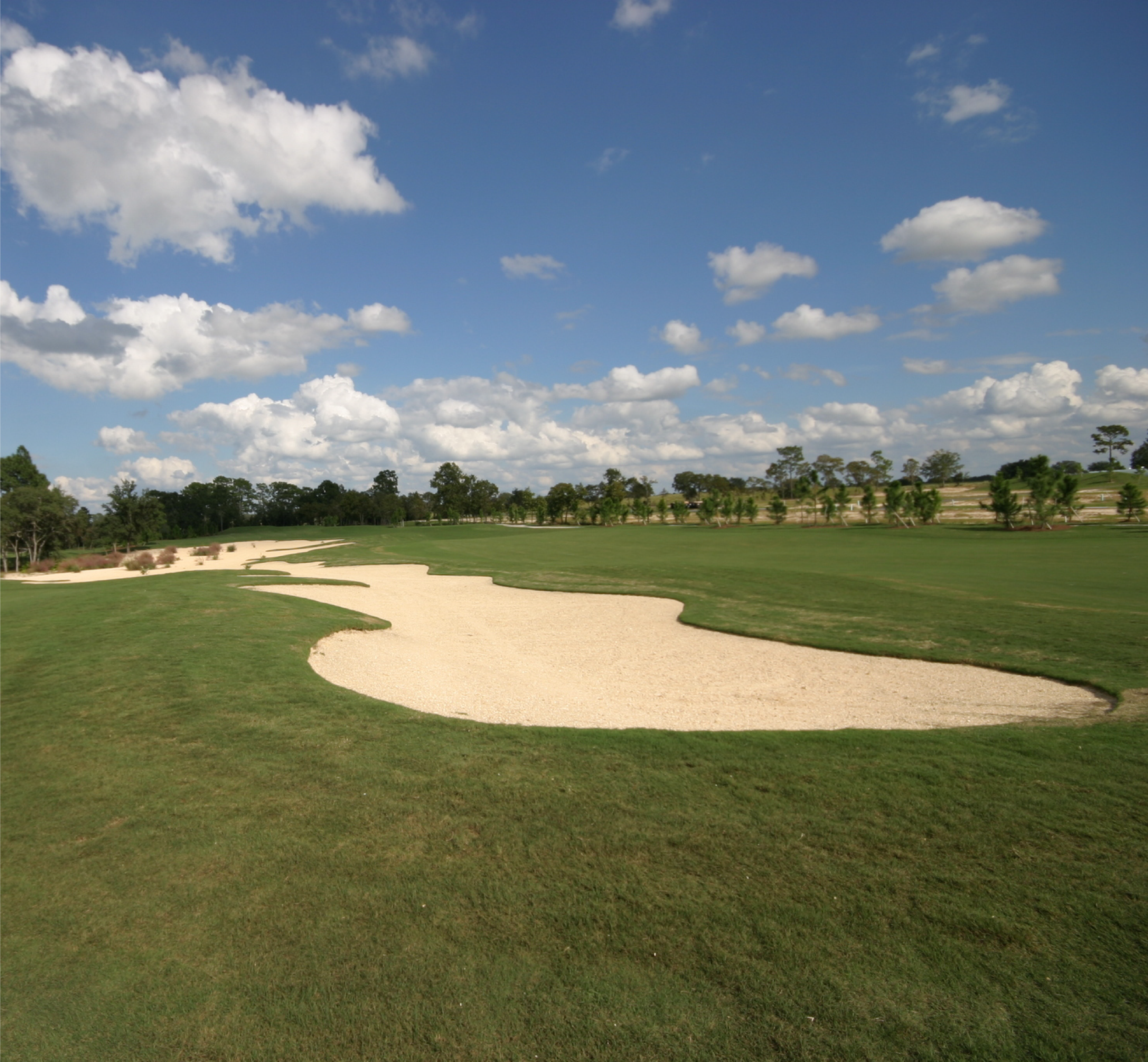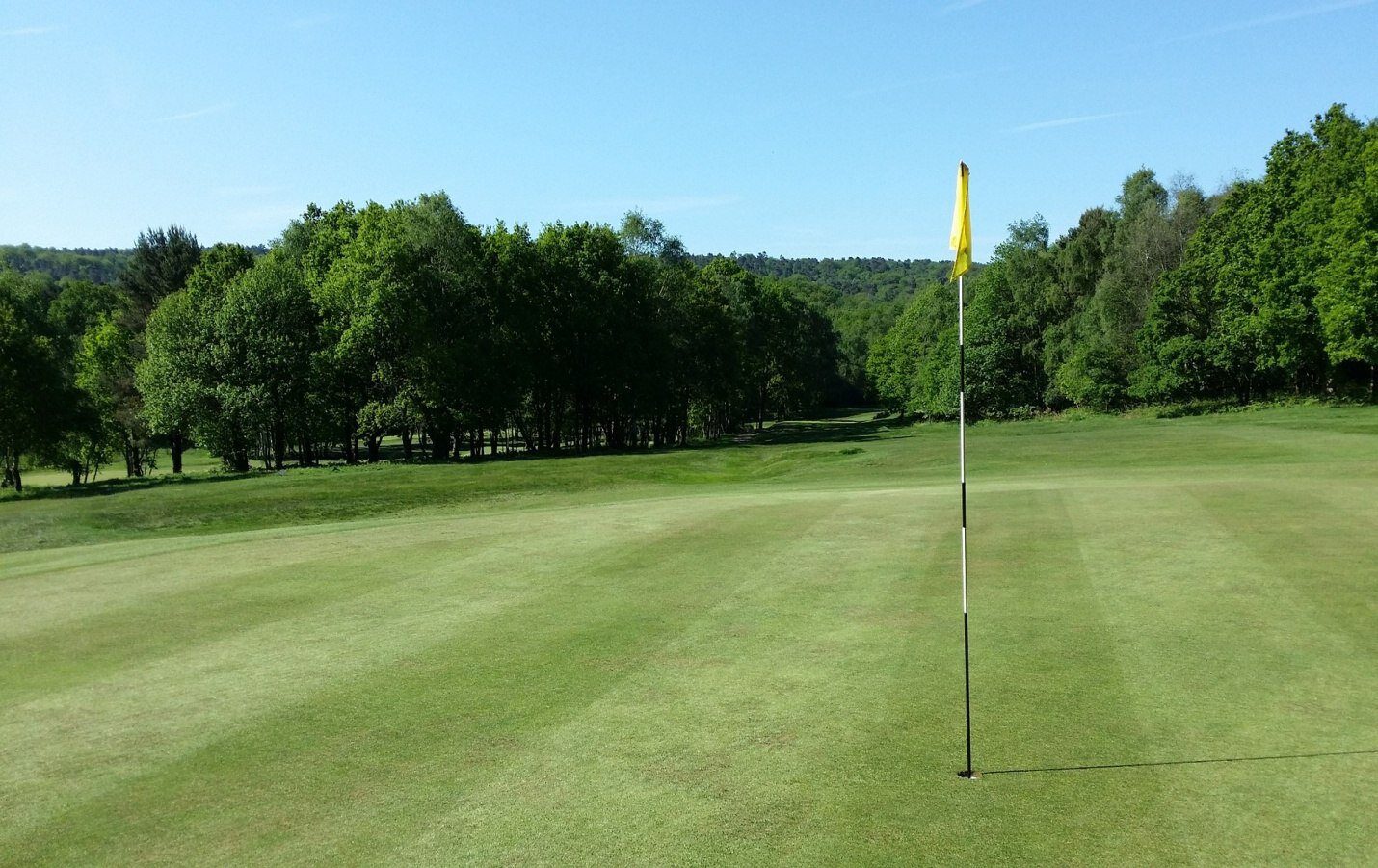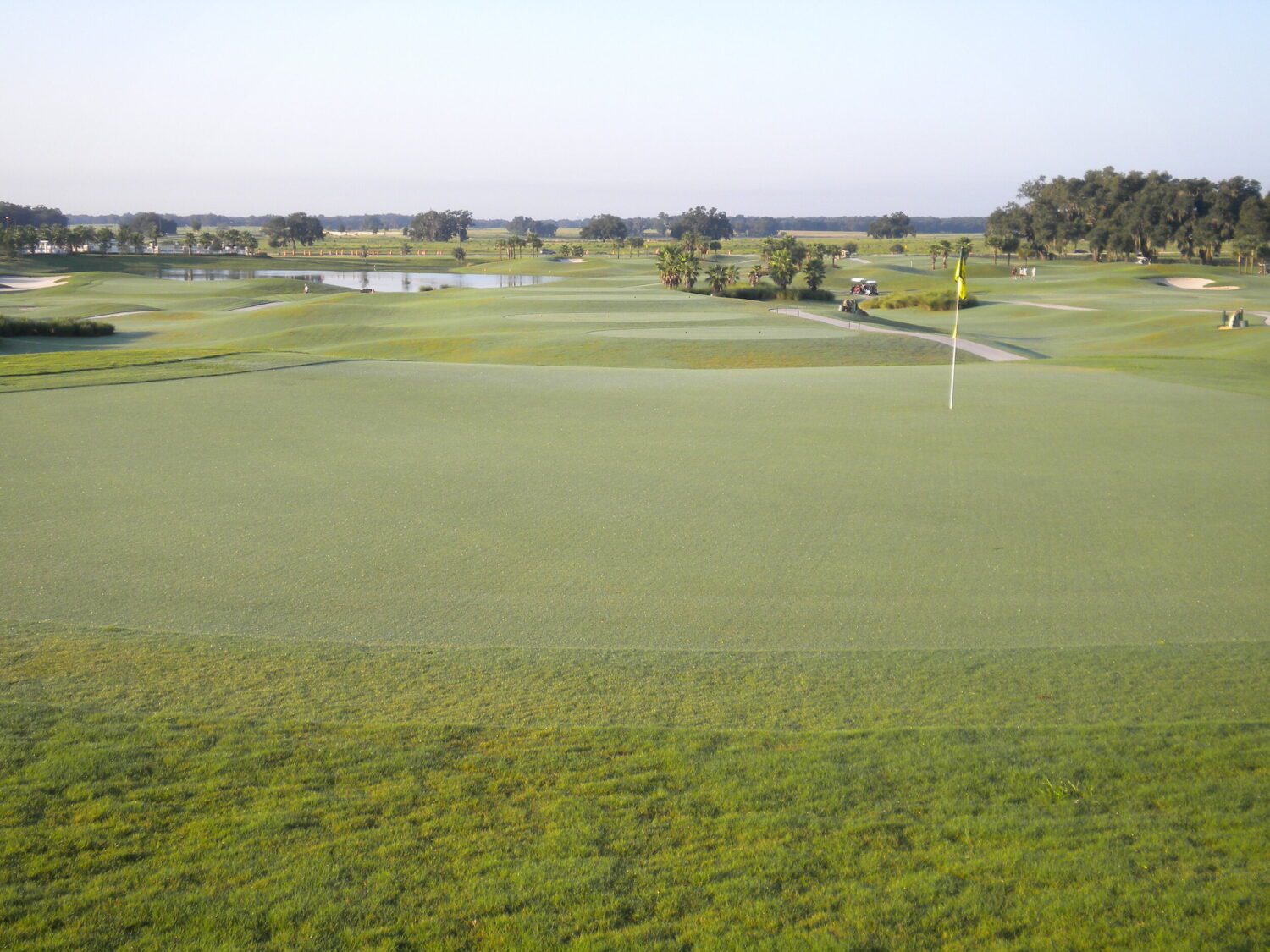As Florida’s climate supports the growth of numerous harmful insects, weeds, nematodes, and plant diseases, golf courses generally rely on pesticides for turfgrass management. In Florida, concern regarding the existence of pesticides in the environment and the danger they pose to groundwater and surface water quality is important. The wise use of pesticides to avoid environmental contamination is a key aspect of golf course management and is favored by both the general public and the superintendents.
Groundwater and Surface Water Resources
Groundwater is the source of water for springs and wells. It is found underground inside cracks of bedrock or filling the spaces within particles of rocks and soil. Surface water is above the ground’s surface, including rivers, lakes, streams, wetlands, and even oceans. They are refilled by runoff, rain, the lateral discharge of groundwater, and the upsurge of groundwater.
Behavior of Pesticides in Water and Soil
After a pesticide is put on turfgrass, numerous environmental fate procedures may happen. The pesticide may be consumed by plants or ingested insects or by microorganisms in the soil. It may move downward in the soil and either dissolve or stick to particles.
The pesticide can get into the atmosphere or break down via chemical and microbial pathways into other, less harmful compounds. Pesticides might percolate off the root zone or be washed off the land surface by irrigation or rainwater. Although the evaporation of water at the ground surface can result in the upward flow of pesticides and water, in the majority of Florida soils, this procedure is probably not as essential as downward leaching from rainfall and irrigation.
Non-Target Effects
Although pesticides can efficiently control pests, they can also be harmful when misused. Reproductive failure in birds, fish kills, and severe illnesses in people have all been held responsible for exposure to pesticides—often as an outcome of misapplication, the careless disposal of unused containers and pesticides, or spray drift.
Besides obvious nontarget organisms like people, birds, pets, and wildlife, other vital organisms that can be influenced by pesticides include honeybees, earthworms, and other beneficial fungi, arthropods, or other microorganisms that might control pathogens or degrade thatch, or are essential to overall soil health and nutrient dynamics.
The three main ways in which pesticides may leave the application site are leaching, runoff, and spray drift at the time of application. Runoff is the physical transfer of pesticides on the ground’s surface with irrigation water or rainwater that does not perforate in the soil. Florida generally experiences rainfall events with too high precipitation rates, leading to substantial amounts of runoff. Leaching is a process that involves the pesticides being drained through the soil by irrigation or rainwater as it flows downward. Mainly, Florida’s soils are sandy, which makes them more prone to the leaching of dissolved pesticides and nutrients. Spray drift is the wind-borne motion of pesticide particles into non-target areas during application. The key factors impacting spray drift include droplet size, which is influenced by spray pressure and nozzle type, application height, and wind speed.
Because of Florida’s geology and soils, there are also considerable groundwater–surface water interactions, which allow pollutants to move from one to the other. Springs and sinkholes are the most common, but equally essential are the shallow water tables, coarse soils, drainage canals, and ditches.
Persistence and Sorption
The destination of a pesticide applied to soil relies largely on two of its properties: persistence and sorption. Persistence is defined as a pesticide’s stability. Most recent pesticides are developed to “degrade” or break down relatively fast over time due to microbiological and chemical reactions in soils.
Sunlight disintegrates several pesticides, and soil microorganisms can disintegrate others. Several pesticides are metabolized or degraded to intermediate matter, known as degradates, as they disintegrate.
Atrazine is one of the examples of pesticides used on Florida golf courses. It takes the most time to degrade. When a pesticide advances through the soil, some particles of it stick to soil particles, specifically clay particles and organic matter, through a process known as sorption, and some mix in soil water. As more water gets into the soil through irrigation or rain, the sorbed pesticide particles may be separated from soil particles through a process known as desorption. The pesticide’s solubility and its sorption to soil are two important factors influencing the pesticide’s fate.
A helpful index for evaluating pesticide sorption on soils is the partition coefficient (Koc). It is defined as the ratio of pesticide concentration stuck to soil particles in the sorbed state and the solution stage (i.e., mixed in the soil water). Hence, for a given amount of pesticide put on, the lesser the Koc value, the higher it will tend to move into the solution. Pesticides with less Koc values are more prone to leach than those having greater Koc values, which are more expected to bind with organic matter and soil.
Contact DTE Golf Today
If you are looking for premium, professional golf course maintenance services that not only keep your golf course looking great but also keep the environment healthy, contact us today.




